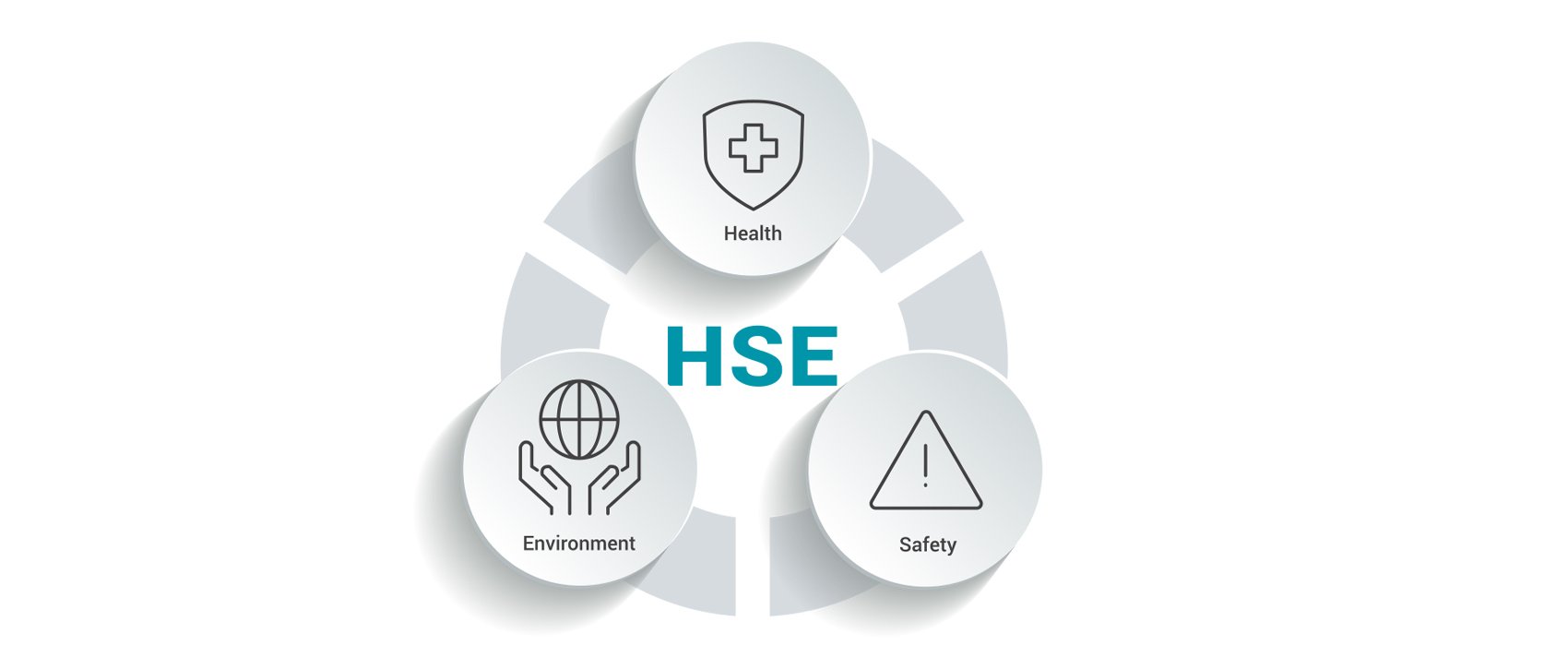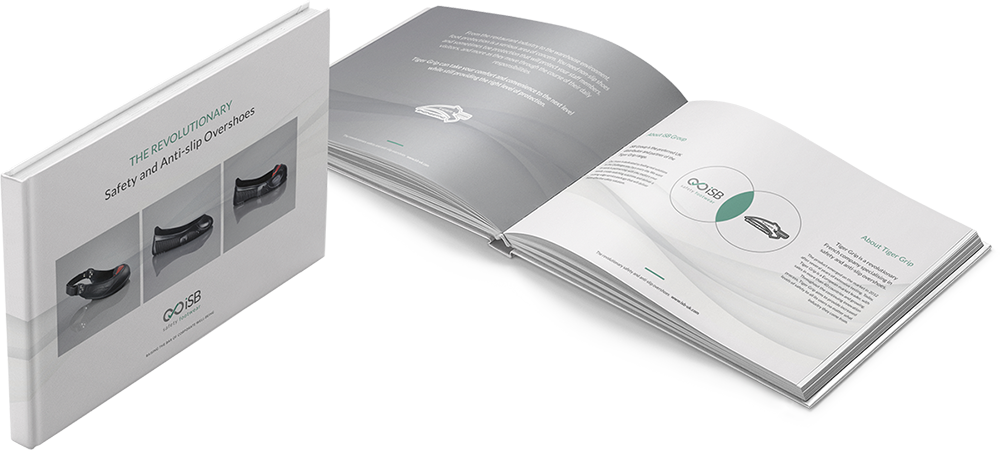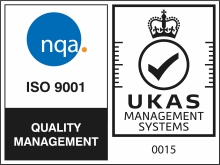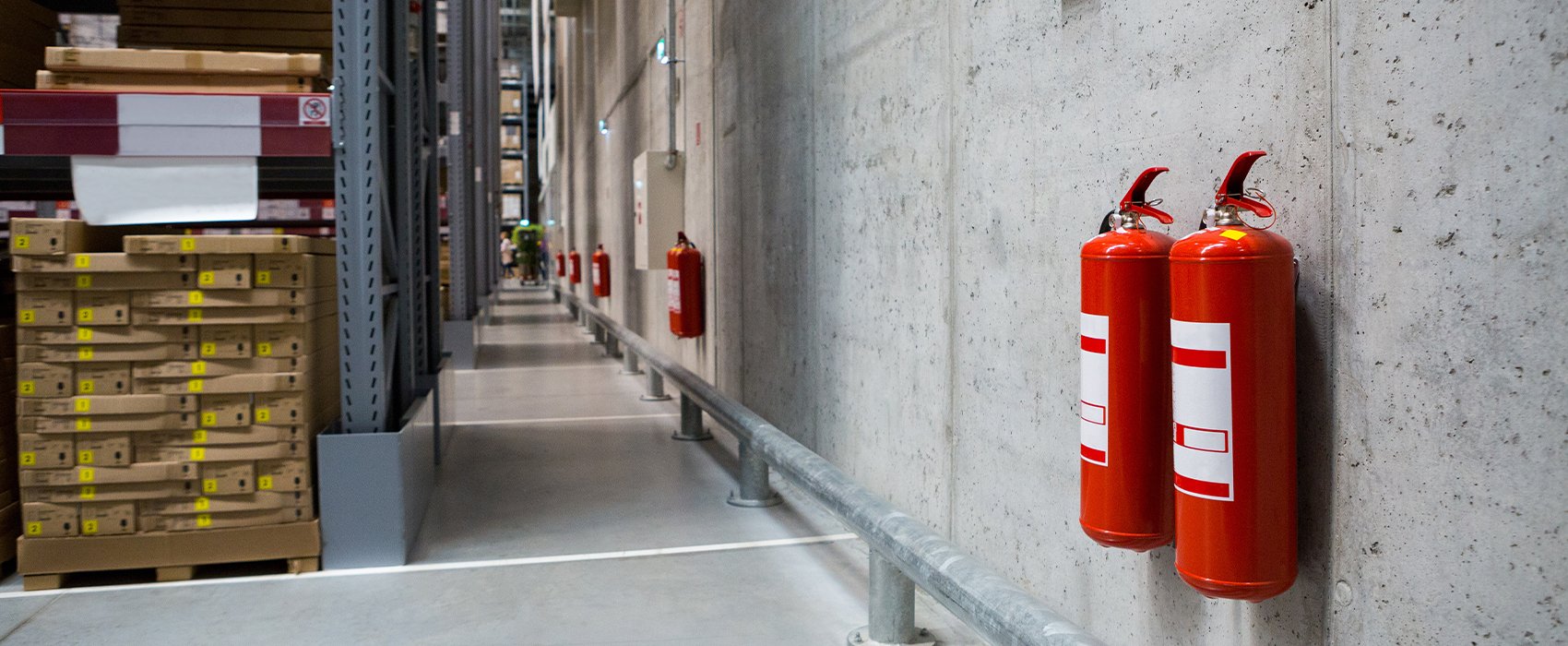
Safety signs: A guide to good design
Safety signage is a vital part of the workplace health and safety toolkit. From warning of potentially unseen or unknown hazards, to reminders of safety protocol, to providing a prompt in case of emergency, effective safety signs provide a clear reminder to employees and visitors of how to act to stay safe.
Safety signs: The rules
By law, workplaces must comply with the Health and Safety (Safety Signs and Signals) Regulations 1996 and the relevant fire safety rules governing their region (the Regulatory Reform (Fire Safety) Order 2005 in England and Wales, and the Fire (Scotland) Act 2005 in Scotland).
Under these regulations, employers are responsible for ensuring that relevant signs are in place to reduce the risk of a particular hazard causing an accident or injury. This should be the case wherever that risk cannot be removed or controlled by another method.
In the UK, there are five common types of safety signs. These are detailed in the table below:
| Sign Type | Purpose | Features | Examples |
| Prohibition | Prohibits behaviour likely to cause or increase danger | Round shape, red edging and diagonal line, with a black pictogram on a white background |
|
| Warning | Warns of a hazard or danger, take precautions or examine a situation | Triangular shape with a black pictogram and black edging on a yellow background |
|
| Mandatory | Prescribes a specific behaviour or action | Round in shape with a white pictogram on a blue background |
|
| Emergency | Provides information on emergency exits, first aid or rescue facilities | May be square or rectangular, with a white pictogram on a green background |
|
| Fire Fighting | Advises on the location of fire fighting equipment | May be square or rectangular, with a white pictogram on |
|
The regulations set out restrictions on the percentages of colour that must be used on each of these types of sign, as well as detail the limited amendments that may be made.
There are also two additional types of workplace safety signs not included in the regulations. These are the symbols that identify specific chemical hazards and the striped tape (either red and white, or yellow and black) used to highlight obstacles or dangerous locations, such as an area in which objects may fall, or a raised platform.
Safety signs: Design and placement
While the design of workplace safety signage may be largely mandated by law, its effectiveness may be affected by individual factors in the workplace including sign placement and workplace culture.
Top tips for effective workplace safety signs:
- Conduct a risk assessment to determine the most appropriate locations for signs in the workplace
- Position them for clarity, and to avoid confusion. Avoid having too many close together, and ensure messaging such as direction along emergency escape routes is consistent and non-contradictory
- Explain the signs to your team – don’t assume everyone knows what they mean, especially if you have workers for whom English is not a first language
- Ensure PPE does not impair employees’ ability to view signage
- Make sure signs are big and clear enough to be seen from the intended viewing distance
- Consider additional acoustic or verbal signals or instructions that may support sign messaging
- Ensure signs are securely fastened, durable and weather-proof
- Remove signs that are no longer needed
Safety signs: The role of posters
Health and safety posters can be an effective way to support workplace safety messaging, alongside the safety signs required by law.
Employers are required to either display the HSE’s health and safety law poster in a prominent location, or to provide employees with the equivalent leaflet.
Additional health and safety posters may prove useful in circumstances where further information, instruction, clarification or reminder may be required. This requirement will normally be identified by way of a workplace risk assessment.
For instance, a First Aid for Eyes poster displayed next to the eye wash kit in a first aid room, or a guide to performing CPR located next to a defibrillator, will help ensure employees know what actions to take in the event of an emergency. Likewise, displaying a Safe Manual Handling poster in areas where employees are moving objects or loads around will be an important reminder of safe working practices.
Again, it is important not to display too many health and safety posters, as too many simultaneous messages can overload the senses and reduce effectiveness. Equally, it should be remembered that putting up a poster about a topic is not an adequate safety measure on its own, but should be part of the health and safety toolkit businesses draw upon to keep their employees safe at work.
At iSB Group, we can help you to create bespoke workplace signage that commands attention and communicates clearly and directly with your employees and visitors. Give us a call to find out more.
You Might Like...
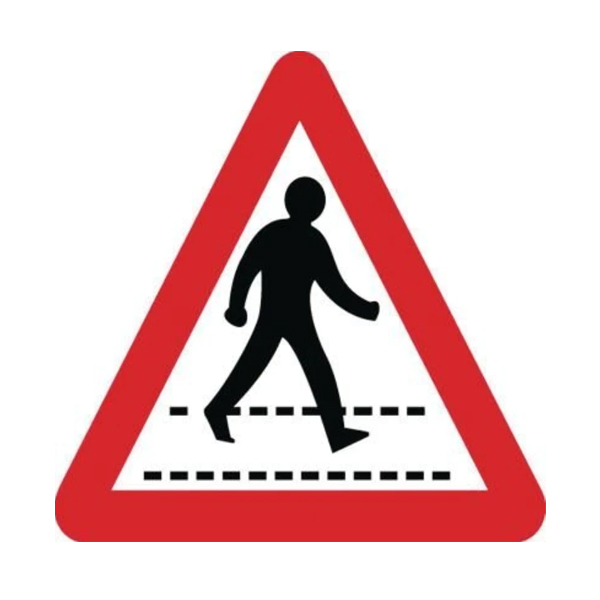 1
1
Traffic Safety Signs
Class 1 reflective traffic and pedestrian signage for the warehouse
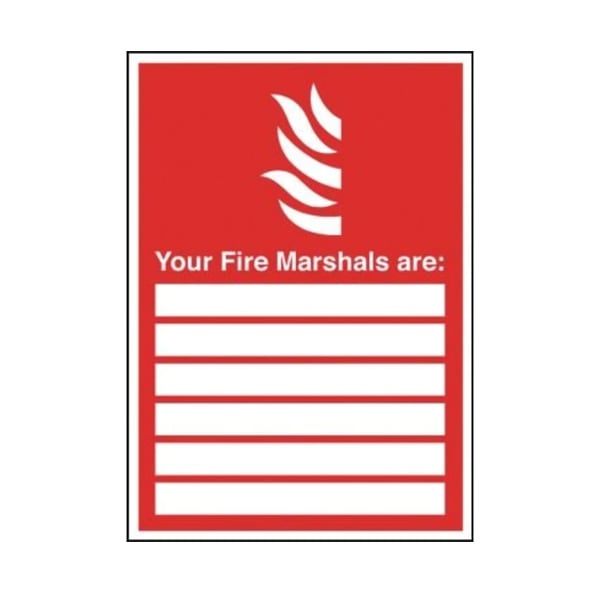 2
2
Fire Safety Signs
Fire safety signage from fire marshals, to fire extinguishers and inspection labels
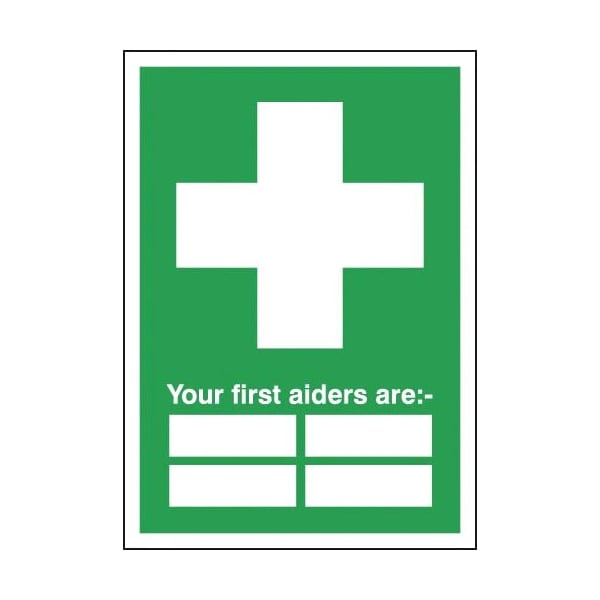 3
3
First Aid Safety Signs
Range of first aid safety signs including lists, eyewash statins and first aid rooms
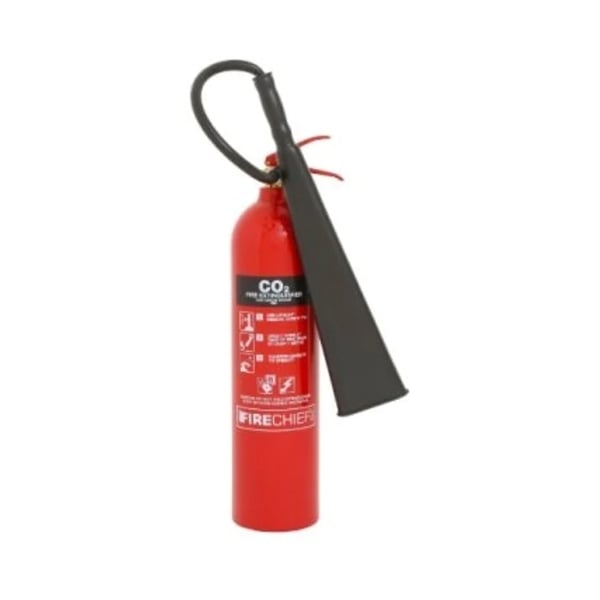 4
4
Warehouse Safety
Our extensive range of safety products for the warehouse and immediate areas
You might also like
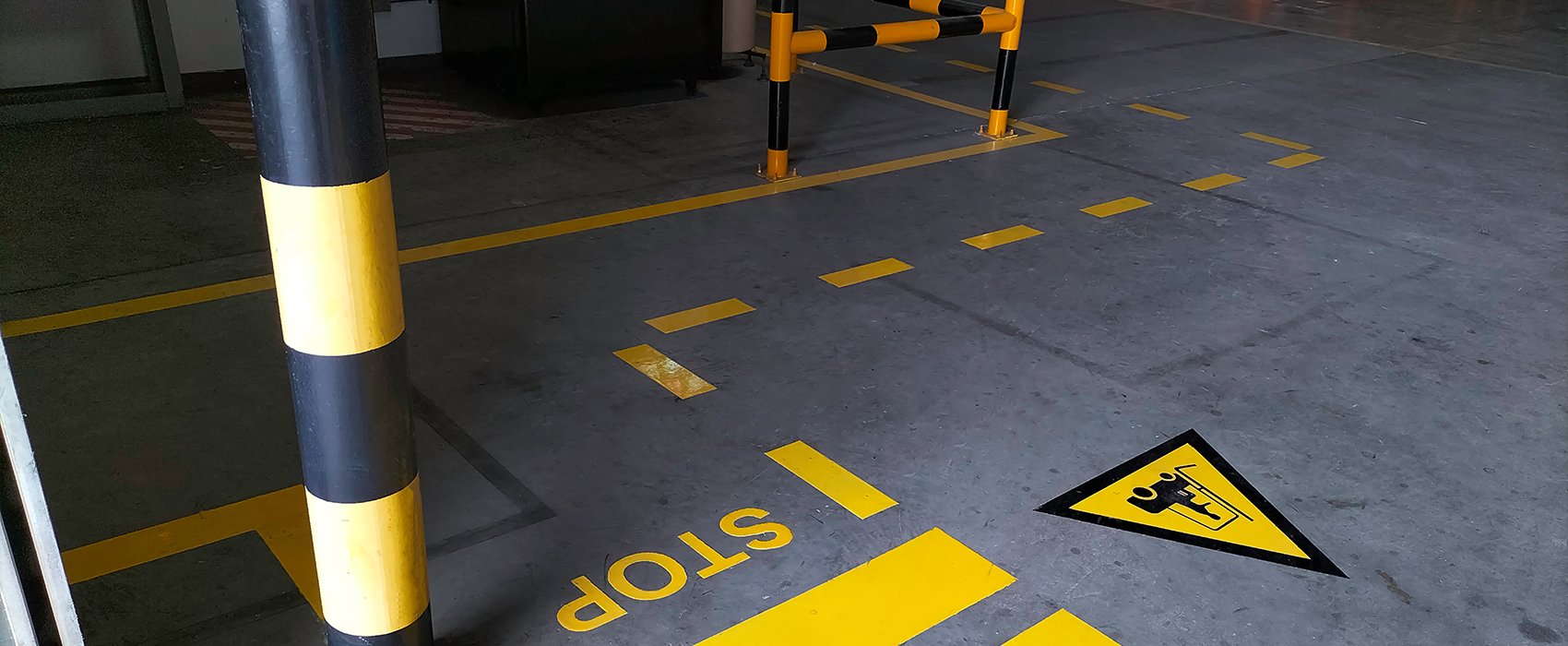
Workplace safety signage: Eight tips to make them safer
